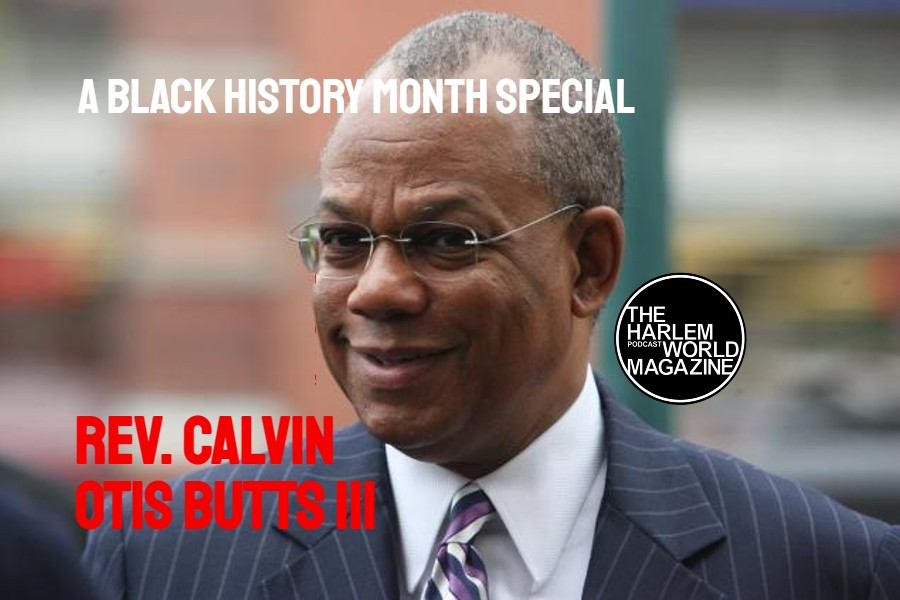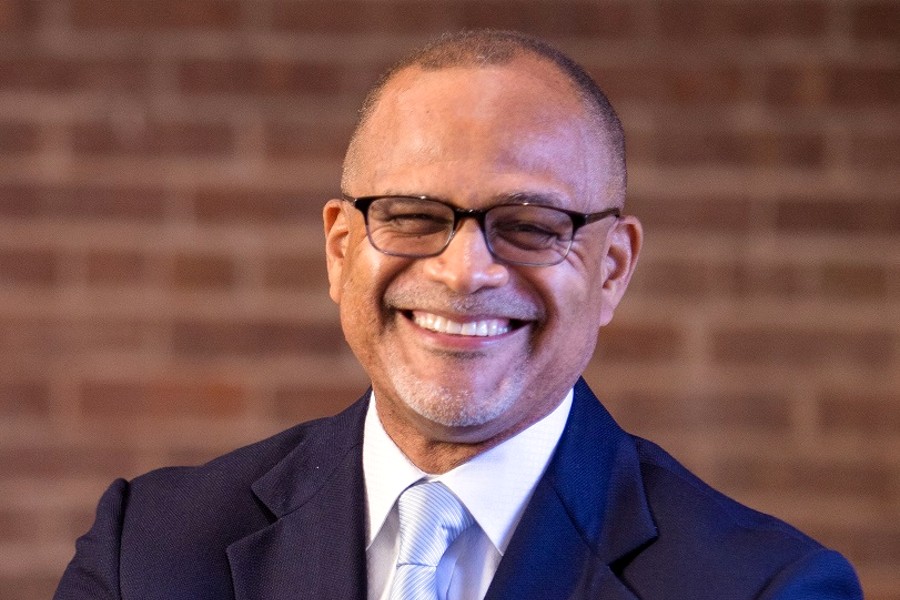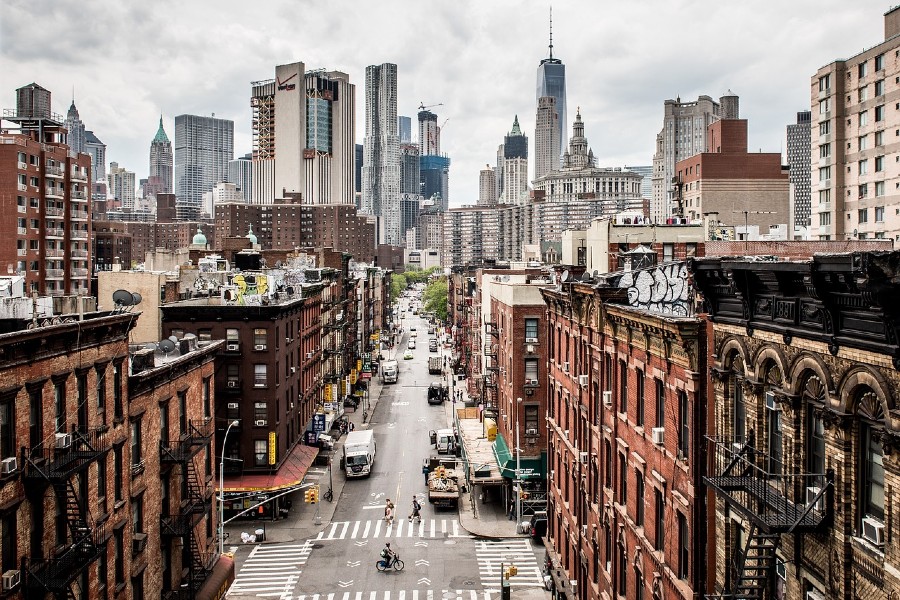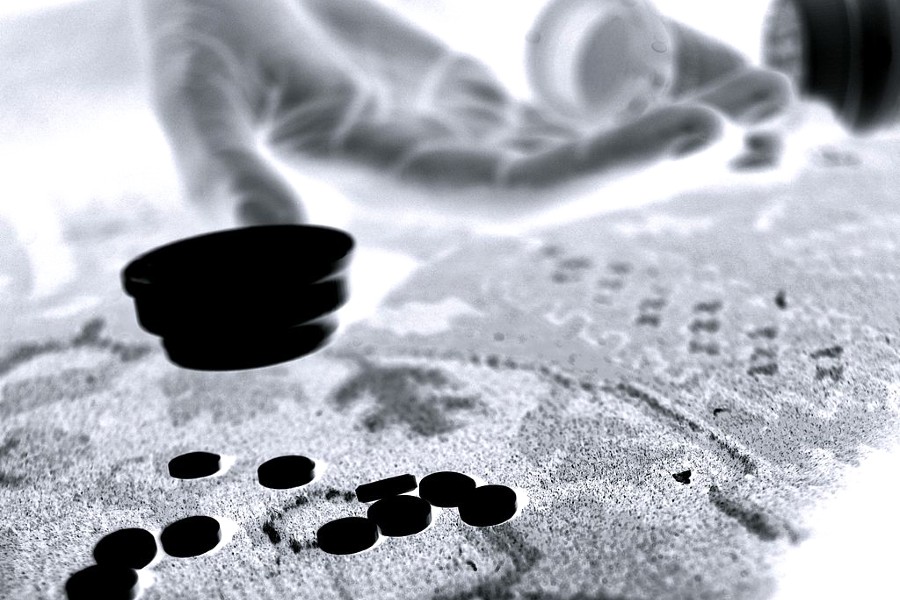 David Paterson, a Columbia University graduates and Harlem State Senate representatives official portrait has “kind of an inviting quality to it,” the former governor told reporters on Sunday after a ceremony to unveil the painting at the state’s Capitol in Albany.
David Paterson, a Columbia University graduates and Harlem State Senate representatives official portrait has “kind of an inviting quality to it,” the former governor told reporters on Sunday after a ceremony to unveil the painting at the state’s Capitol in Albany.
 The painting had a warmth, he said, a look of strength. He paused for a beat.
The painting had a warmth, he said, a look of strength. He paused for a beat.
“I hope I’m really the person he painted.”
The unveiling of an official portrait is usually an unimportant moment. But for Paterson, whose time in office from 2008 to 2010 was so tumultuous he became a recurring punchline both in the papers and on Saturday Night Live, Sunday’s ceremony proved an occasion for a reappraisal of his legacy.
Paterson’s former counsel Peter Kiernan reminded the crowd gathered Sunday that the former governor took office on Monday, March 18th, 2008, following former Governor Eliot Spitzer’s resignation three days earlier. Over the same weekend, Bear Stearns nearly collapsed, and was bailed out by J.P. Morgan, one of the first dominos to fall in the cascade of financial failures that led to the global recession.
“Notwithstanding the fact that David Paterson was sworn in as governor on St. Patrick’s Day, he was never to enjoy the light of the Irish,” Kiernan said. “Just about every day that David Paterson was governor of New York was a day of crisis.”
Paterson earned unusually warm praise from Governor Andrew Cuomo, who has benefited from his predecessor’s expansion of executive authority with the use of budget extenders, which allow the governor to keep the state running without a budget plan. Cuomo has elevated the state’s budget process to “an art form,” Kiernan said, bringing “enormous creative leadership to the office.”
Paterson “shifted the balance of power so the governor was no longer subject to the legislative spending whims,” Cuomo said. He praised Paterson’s willingness to incur the legislature’s wrath by vetoing more than 6,000 member items during the summer of 2010.
“Four years later we can all look back at that moment and say that Governor Paterson was right,” Cuomo said. “History…has shown that his actions were prophetic.”
“Like no other portrait in the hall of governors, Governor Paterson offers us a portrait of possibility,” Cuomo said, as he praised Paterson, the state’s first blind, African-American chief executive. The current governor hailed Paterson for presiding over reforms to the state’s Rockefeller laws, which once formed the harshest criminal drug policy of any state in the country.
“I often wonder,” Cuomo said, “whether I am maximizing the opportunity given to me by the people of the State of New York. What mark will last beyond my tenure?”
Paterson seemed surprised at the warm introduction and the standing ovation he received as he took the stage.
“Thank you! Now I know I’m dead,” he said.
He delivered a thoughtful, though rambling address, touching on issues of race, disability and the financial crisis. He managed to toss off a Shirley Maclaine joke, reference the Oscar-winning 1990 Civil War epic “Glory” and wrap up with a lengthy parable about a rabbinical students.
Later, Paterson, happy to be standing in the limelight, took some questions.
He was infamous while in office for his sometimes ill-advised frankness, and was quick to answer when asked by reporters to name things he would have done differently as governor.
“I know in 2008, I wouldn’t have let them kick me out of the budget meetings,” he said.
He also faulted himself for not doing more to change Albany’s culture.
“I fell victim of living crisis to crisis,” he said.
“Like it was always, ‘I’ll do it right after I finish the budget, I’ll do it right after I take care of congestion pricing. I’ll do it right after I tell people we have an economic crisis.’”
“And,um, I wish I had stopped the train, taken a deep breath and put the right team around me, because I think not everybody that was with me was on the team,” he said.
A reporter asked him what he thought his legacy might be.
“That I’m still alive,” Paterson replied.
The portrait itself, which Paterson admitted he couldn’t see very well, shows the former governor in a light gray suit, wearing a loudly-colored tie in a shade the artist described as a “satin, silky magenta.”
The portrait was painted by 32-year-old Long Branch, New Jersey high school art teacher Roger Derrick, who said the painting showed off Paterson’s ability to “wear unique colors very well,” a “reflection of his inside and his uniqueness.”
It hung next to George Pataki’s likeness, and in the image, Paterson is depicted seated in a light-colored room. Next to him is an eagle-topped cane, leaning against a window, which symbolizes the governor’s disability. Through the window is a flowering cherry blossom tree.
The painting stuck out a little, a black governor in a hall of white mens’ portraits. Each of the other governors’ portraits were also wreathed in ornate gold frames. The frame for Paterson’s portrait is made of wood, and painted black. The artist had an explanation.
“It’s modest,” said Derrick. “However it’s very strong” (source).

Become a Harlem Insider!
By submitting this form, you are consenting to receive marketing emails from: Harlem World Magazine, 2521 1/2 west 42nd street, Los Angeles, CA, 90008, https://www.harlemworldmagazine.com. You can revoke your consent to receive emails at any time by using the SafeUnsubscribe® link, found at the bottom of every email. Emails are serviced by Constant Contact


















